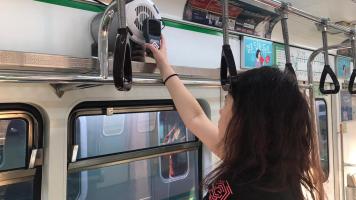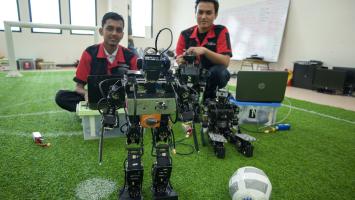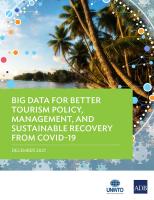Enhancing Poverty Measurement through Big Data

Intern, Sub-Regional Office for Southeast Asia, United Nations Economic and Social Commission for Asia and the Pacific (UNESCAP)
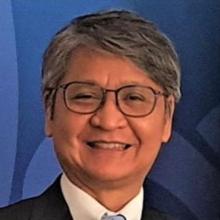
Head, Sub-Regional Office for Southeast Asia, United Nations Economic and Social Commission for Asia and the Pacific (UNESCAP)
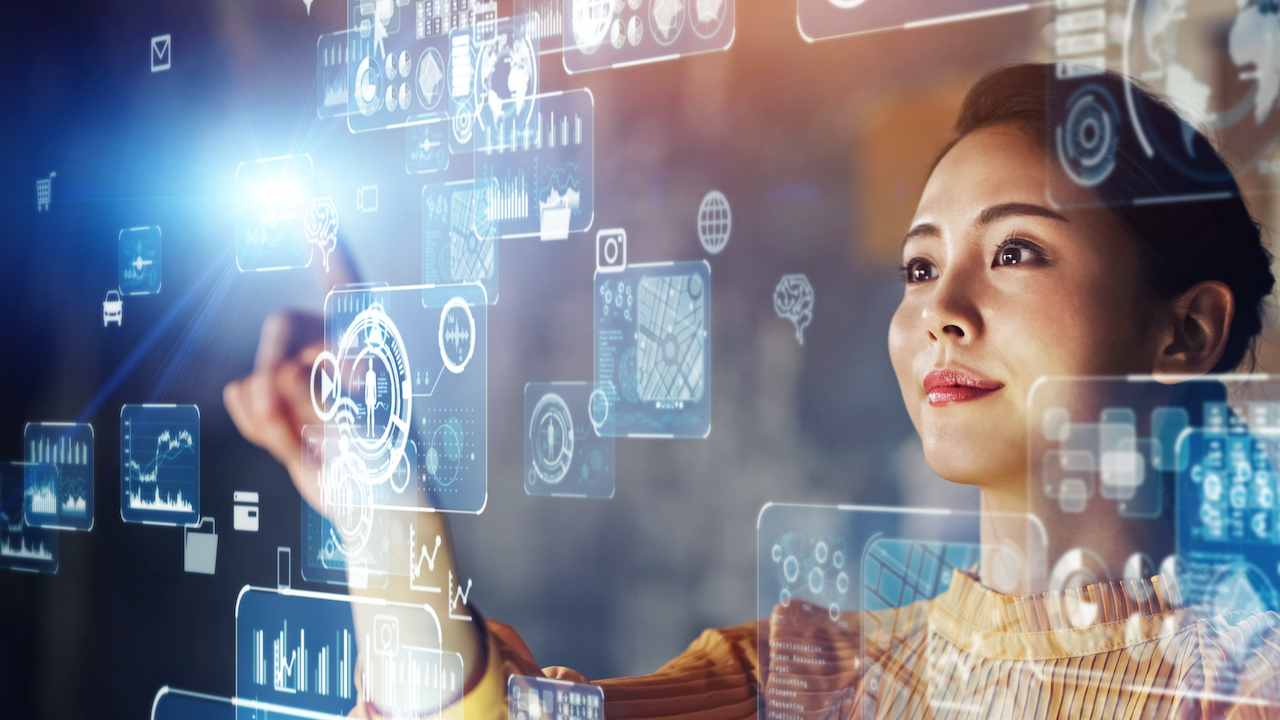
Using earth images and mobile phone data can significantly reduce the cost of monitoring socioeconomic conditions, as the data collection is less time- and resource-intensive than conventional approaches. Photo credit: iStock/metamorworks.
With scant data for almost half of the SDG indicators in Southeast Asia, governments explore big data and machine learning to address the data gaps.
This article is published in collaboration with UNESCAP.
Ending poverty in all its forms is the first of the 17 Sustainable Development Goals (SDGs). While significant progress to reduce poverty had been made at the global and regional levels by 2019, the coronavirus disease (COVID-19) pandemic has partly reversed this trend. A significant share of the population in Southeast Asia still lacks access to basic needs such as health services, proper nutrition and housing, causing many children to suffer from malnutrition and treatable illnesses.
Delivering on the commitments of the 2030 Agenda for Sustainable Development and leaving no one behind requires monitoring of the SDG implementation trends. At the country level, national statistics offices (NSOs) are generally responsible for SDG data collection and reporting, using traditional data sources such as surveys, census, and administrative data. However, as the availability of data for almost half of the SDG indicators (105 of 231) in Southeast Asia is insufficient, NSOs are exploring alternative sources and methods, such as big data and machine learning, to address the data gaps. Currently, earth observation and mobile phone data receive most attention in the domain of poverty reporting. Both data sources can significantly reduce the cost of reporting, as the data collection is less time and resource intensive than for conventional data.
Measuring poverty levels using night lights
The NSOs of Thailand and the Philippines, with support from the Asian Development Bank (ADB), conducted a feasibility study on the use of earth observation data to predict poverty levels. In the study, an algorithm, convolutional neural nets, was pretrained on an ImageNet database to detect simple low-level features in images such as lines or curves. This computer vision approach is an element of machine learning that deals with how computers develop high-level understanding of patterns depicted in digital images. Following a transfer learning technique, the algorithm was then trained to predict the intensity of night lights from features in corresponding daytime satellite images. Afterwards income-based poverty levels were estimated using the same features that were found to predict night light intensity combined with nationwide survey data, register-based data, and geospatial information. The resulting machine-learning models yielded an accuracy of up to 94% in predicting the poverty categories of satellite images.
Despite promising study results, scaling up the models and integrating big data and machine learning for poverty statistics and SDG reporting still face many challenges. Thus, NSOs need support to train their staff, gain continuous access to new datasets, and expand their digital infrastructure.
Some support is available to NSOs for big data integration. The UN Committee of Experts on Big Data and Data Science for Official Statistics (UN-CEBD) oversees several task teams, including the UN Global Platform which has launched a cloud-service ecosystem to facilitate international collaboration with respect to big data. Two additional task teams focus on Big Data for the SDGs and Earth Observation data, providing technical guidance and trainings to NSOs. At the regional level, the weekly ESCAP Stats Café series provides a knowledge sharing platform for experiences related to the impact of COVID-19 on national statistical systems. The Stats Café includes multiple sessions dedicated to the use of alternative data sources for official statistics and the SDGs. Additionally, ESCAP has published policy briefs on the region’s practices in using non-traditional data sources for official statistics.
Exploring use of mobile phone data
Mobile phone data can also be used to understand socioeconomic conditions in the absence of traditional statistics and to provide greater granularity and frequency for existing estimates. Call detail records coupled with airtime credit purchases, for instance, could be used to infer economic density, wealth or poverty levels, and to measure food consumption. An example can be found in poverty estimates for Vanuatu based on education, household characteristics, and expenditure. These were generated by Pulse Lab Jakarta—a joint innovation facility associated with UN Global Pulse and the government of Indonesia.
Access to mobile phone data, however, remains a challenge. It requires long negotiations with mobile network operators, finding the most suitable data access model, ensuring data privacy and security, training the NSO staff, and securing dedicated resources. The UN-CEBD—through the Task Team on Mobile Phone Data and ESCAP—supports NSOs in accessing and using mobile phone data through workshops, guides, and the sharing of country experiences. BPS Statistics Indonesia, the Indonesian NSO, is exploring this data source for reporting on four SDG indicators and has been leading the regional efforts in Southeast Asia. While several other NSOs in Asia and the Pacific can access mobile phone data or are negotiating access with mobile network operators, none of them have integrated it into poverty reporting.
As the interest and experience in the use of mobile phone data, satellite imagery, and other alternative data sources for SDGs is growing among many Southeast Asian NSOs, so is the need for training and capacity-building. Continuous knowledge exchange and collaboration is the best long-term strategy for NSOs and government agencies to track and alleviate poverty, and to measure the other 16 SDGs.
This article was first published by UNESCAP on 4 August 2021.

Jasmina Ernst
Intern, Sub-Regional Office for Southeast Asia, United Nations Economic and Social Commission for Asia and the Pacific (UNESCAP)Jasmina Ernst worked as an intern at the United Nations Economic and Social Commission for Asia and the Pacific's Sub-Regional Office for Southeast Asia.

Ruhimat Soerakoesoemah
Head, Sub-Regional Office for Southeast Asia, United Nations Economic and Social Commission for Asia and the Pacific (UNESCAP)Ruhimat Soerakoesoemah is the head of the United Nations Economic and Social Commission for Asia and the Pacific's (UNESCAP) Sub-Regional Office for Southeast Asia. He initiates work on the 2030 Agenda for Sustainable Development in 11 member countries, in partnership with governments, international institutions, civil society, and private sector entities. He also leads the cooperation for the UN with ASEAN in the economic and social–cultural areas. Prior to UNESCAP, he managed economic development programs and delivered technical assistance in the ASEAN and the Pacific region.

United Nations Economic and Social Commission for Asia and the Pacific (ESCAP)
The Economic and Social Commission for Asia and the Pacific (ESCAP) is the most inclusive intergovernmental platform in the Asia–Pacific region. The Commission promotes cooperation among its 53 member states and 9 associate members in pursuit of solutions to sustainable development challenges. ESCAP is one of the five regional commissions of the United Nations.
